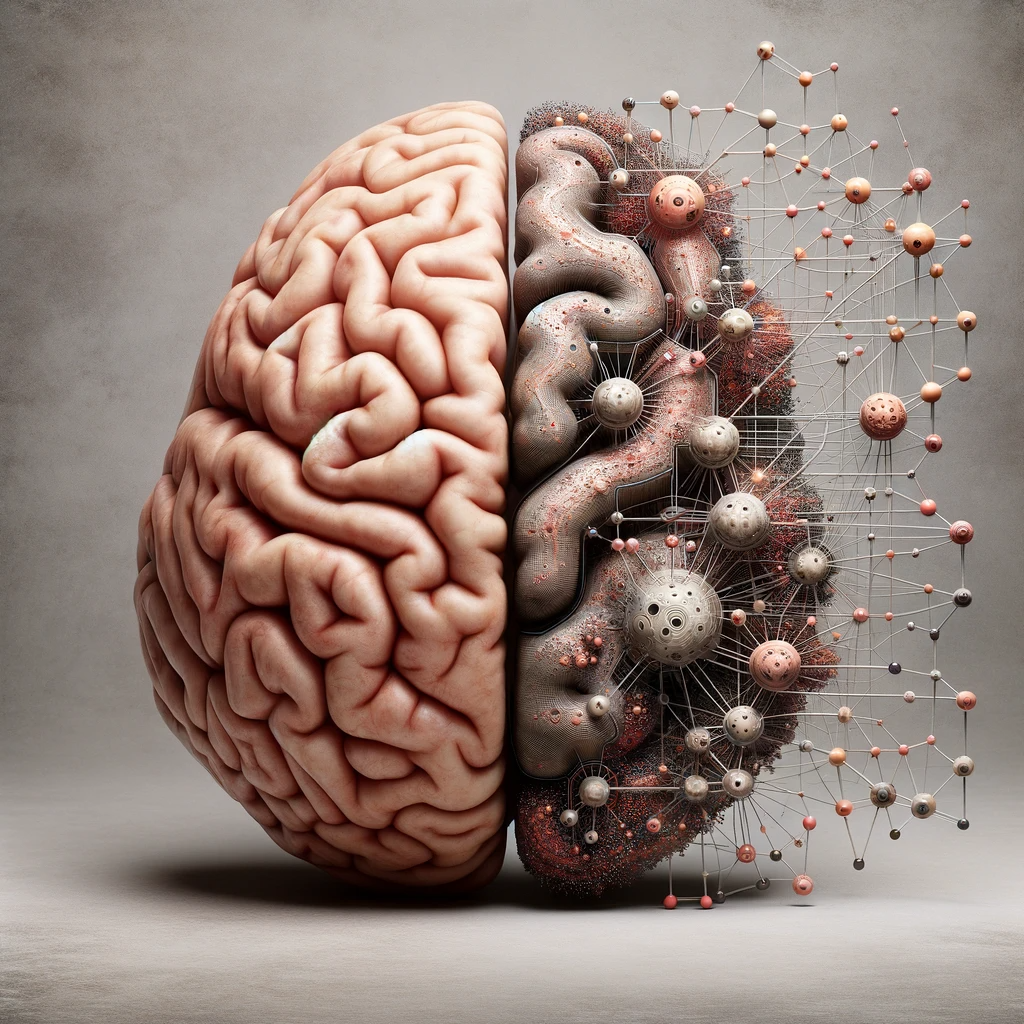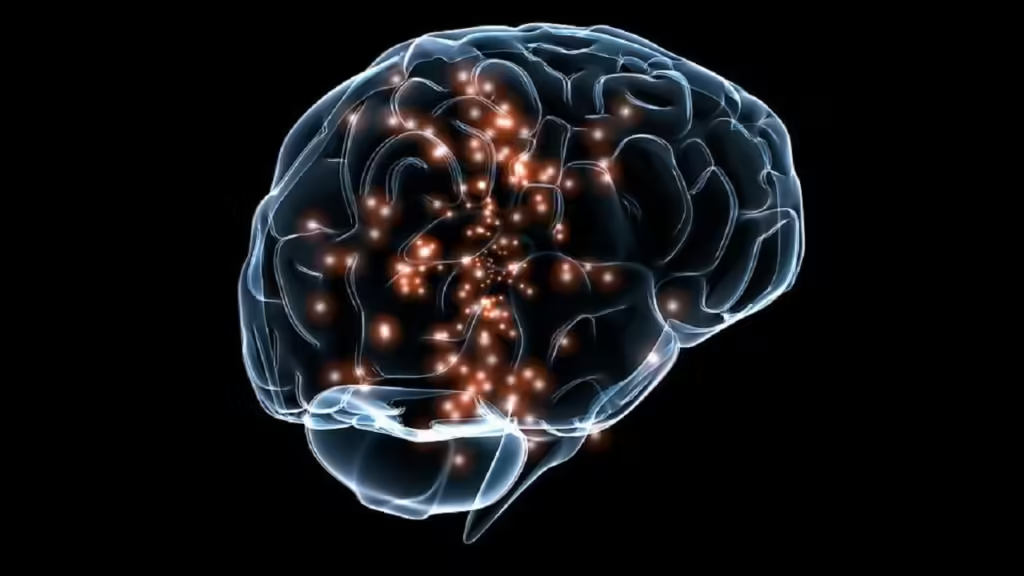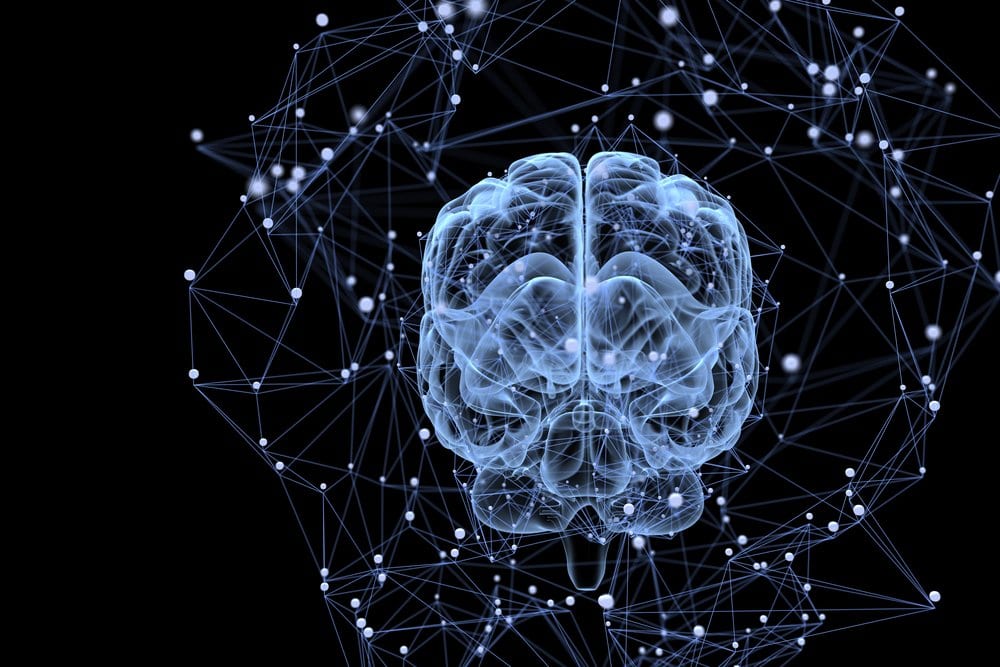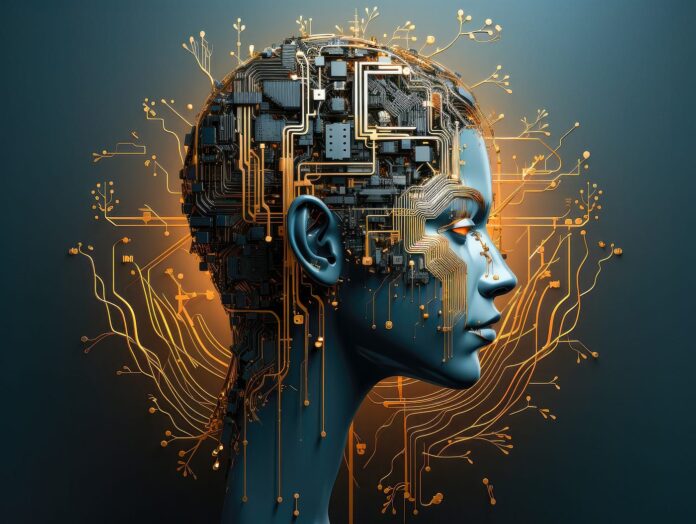Artificial intelligence uses neural networks to educate computers to process data like the brain. Deep learning uses interconnected nodes or neurons in a layered structure that resembles the brain.
It gives computers an adaptive mechanism to learn from mistakes and improve. Thus, artificial neural networks try to solve complex issues like document summarization and facial recognition more accurately.

Why do neural networks matter?
Neural networks provide intelligent computer decision-making with minimal human input. They can learn and model complex nonlinear input-output interactions.
Generalize and infer
Untrained neural networks may understand unstructured input and make general observations. For instance, they may discern comparable meanings in two input sentences:
- Please instruct me about payment.
- How do I transfer funds?
Both statements signify the same to a neural network. Or it could recognize Baxter Road as a place and Baxter Smith as a person.
For what are neural networks used?
Many businesses employ neural networks for the following:
- Classifying medical images for diagnosis
- Social network filtering and behavioral data analysis targeted marketing
- Financial projections using financial instrument history data
- Forecasting electricity and energy demand
- Quality and process control
- Chemical compound identification
We list four key neural network uses below.
Visual computing
Computer vision lets computers analyze photos and movies. Neural networks help computers detect human-like visuals. Computer vision applications include:
- Visual recognition for self-driving automobiles to distinguish road signs and other drivers
- Content moderation to automatically delete unwanted images and videos from archives
- Open eyes, glasses, and facial hair can be recognized using facial recognition.
- Labeling brand logos, clothing, safety gear, and other visual details
Speech recognition
Human speech may be analyzed by neural networks regardless of pitch, tone, language, or accent. Speech recognition helps Amazon Alexa and automatic transcription software perform these:
Support call center agents and automatically classify calls
Real-time clinical discourse documentation
For larger material reach, accurately subtitle videos and meetings.

Natural language processing
NLP processes natural, human-written text. Computers interpret text data and documents using neural networks. NLP has several uses, including these:
- Chatbots and virtual agents
- Automation of written data classification
- Email and form business intelligence analysis
- Indexing sentiment-indicating terms like social media favorable and negative comments
- Topic-specific document summarizing and article creation
Suggestion engines
Neural networks can personalize recommendations based on user activity. They can also evaluate all user behavior to find new items and services that attract a user. Curalate, a Philadelphia firm, helps brands sell through social media.
Curalate’s IPT automates user-generated social content collecting and curation for brands. IPT automatically recommends products based on social media activity using neural networks.
Social media images let consumers find products without searching online catalogs. Instead, they can use Curalate’s auto product tagging to purchase the product with ease.

How do neural networks work?
The human brain inspired neural network architecture.
Human brain cells, called neurons, constitute a complex, highly interconnected network and send electrical impulses to each other to help humans interpret information. In an artificial neural network, artificial neurons solve a problem jointly.
Artificial neurons, or nodes, are software modules, and artificial neural networks are algorithms that use computing systems to solve mathematical problems.
Easy neural network design
Three layers of artificial neurons form a simple neural network:
Input Layer
The input layer feeds the artificial neural network external data. Input nodes process the data, analyze or categorize it, and pass it on to the next layer.
Hidden Layer
Hidden layers get input from input or other hidden layers. Artificial neural networks can contain several hidden layers. Each hidden layer processes the preceding layer’s output and passes it on.
Output Layer
The output layer displays the artificial neural network’s processed data. Nodes might be single or numerous. For a binary (yes/no) classification task, the output layer will contain one output node that returns 1 or 0. In a multi-class classification issue, the output layer may have many output nodes.
Architecture of deep neural networks
Hidden layers of deep neural networks or deep learning networks contain millions of artificial neurons. Weight represents node connections.
Positive weights indicate node excitation, while negative weights indicate node suppression. Nodes with higher weights influence others more.
In theory, deep neural networks can map any input to any output. However, they require more training than other machine learning algorithms.
They need millions of training data instances, not hundreds or thousands like a smaller network.

What are neural network types?
How data flows from input to output nodes classifies artificial neural networks. Below are examples:
Feedforward neural networks
One-way feedforward neural networks process data from input to output. Every node in one layer connects to the next. A feedforward network improves predictions through feedback.
Backpropagation
Corrective feedback loops help artificial neural networks improve its prediction analytics.
Data flows from the input node to the output node via numerous neural network links. There is just one valid path from input to output.
A feedback loop helps the neural network find this path:
- Each node guesses the next path node.
- Checks if guess is right. Nodes weight paths that lead to correct guesses more and paths that lead to wrong guesses less.
For the following data point, the nodes anticipate using higher weight pathways and repeat Step 1.
Convolutional networks
Convolutions, mathematical operations performed by hidden layers in convolutional neural networks, include summarizing and filtering.
They extract important information from images for image identification and classification, making them useful for image classification.
The revised form is simpler without losing important prediction features. Each hidden layer processes edges, color, and depth.
Neural network training?
A neural network is trained to fulfill a task. Before learning, neural networks process enormous amounts of tagged or unlabeled input. They can better process unknown inputs with these examples.
Supervised learning
Data scientists feed artificial neural networks labeled datasets with the correct answer in supervised learning.
For instance, a deep learning network trained in facial recognition scans hundreds of thousands of human face photos with ethnicity, country, and emotion descriptions.
These datasets provide the neural network the proper answer in advance and steadily teach it. After training, the network guesses the ethnicity or sentiment of a new human face image.
What is neural network deep learning?
Computer science’s artificial intelligence field studies ways to make machines mimic human intelligence.
Machine learning works by giving computers big datasets and teaching them to learn.
Machine learning software makes smart conclusions by applying data patterns to new data. Machine learning subcategory deep learning processes data using deep learning networks.
Machine vs deep learning
Human input is needed for traditional machine learning technologies to perform successfully. Data scientists manually select relevant information for software analysis. This restricts the software, making it difficult to design and manage.
Deep learning software receives only raw data from the data scientist. Deep learning networks autonomously learn and produce characteristics. It can prioritize data properties, evaluate unstructured datasets like text documents, and solve complex issues.
For example
Training a machine learning software to accurately identify a pet image requires these steps:
- Find and manually classify thousands of pet photographs, including cats, dogs, horses, hamsters, and parrots.
- Make the machine learning algorithms hunt for certain qualities to eliminate the image. For instance, it might count legs, then inspect eye, ear, tail, fur, etc.
- Manually evaluate and modify labeled datasets to increase program accuracy. If your training set comprises too many black cat photographs, the software will identify black cats but not white ones.
- However, deep learning neural networks would evaluate all images and automatically determine that they need to analyze the number of legs and facial shape first, then the tails, to correctly identify the animal.
